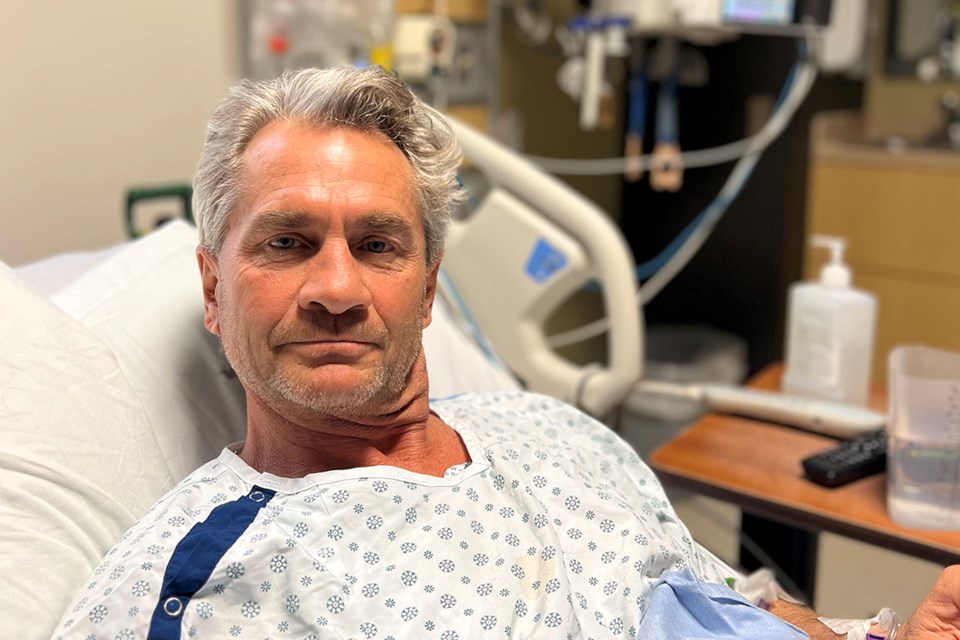SASKATOON — Derek Lamb was certain he was having a heart attack soon after his symptoms started.
He had gone to bed early, and a few hours later woke his wife Kim with words no one wants to hear:
“You have to call 911. Right now.”
A paramedic of 28 years, Lamb knew exactly what to expect as he watched his colleagues walk up his driveway.
Adding to his relief was the fact that paramedics like Lamb are now trained to directly transmit electrocardiogram (ECG) information to the smartphones of on-call cardiologists in Saskatoon, as part of a clinical research pilot project underway at the University of Saskatchewan (USask) and Royal University Hospital (RUH).
Through a real-time conversation with the paramedics in the field, cardiologists can remotely diagnose a heart attack, and dispatch their team straight to the Cardiac Catheterization (Cath) lab at the hospital.
This change in procedure is already shaving significant time off what health-care professionals refer to as “door to balloon” time, or how fast a patient can be treated during an ST elevation myocardial infarction (STEMI), the medical term for a heart attack in which the coronary artery is completely blocked.
“Time is muscle” in these situations, according to Dr. Jay Shavadia (MD), an associate professor of cardiology in the Department of Medicine in the USask College of Medicine.
Every minute that passes during a heart attack can cause further tissue die-off, which does not recover.
The night of his 911 call, Lamb’s colleague performed an ECG, sent this information, and spoke directly with the on-call cardiologist, who confirmed the heart attack. The paramedic team administered pain control, and Lamb was taken straight to the Cath lab, bypassing the emergency room altogether – significantly speeding the process.
“We know that if we can shorten the time between patients presenting and us treating them, we’ll save a significant amount of heart muscle and prevent downstream complications,” said Shavadia. The process also reduces the burden on emergency room staff, as patients no longer need to be triaged there.
“First, we’re not unnecessarily loading the ER with that patient. Secondly, it has significantly cut the response time. As the EMS is driving to the hospital, we’re coming in,” he explained.
The pilot project officially launched in Saskatoon and area in November 2023, after a few months of training with the paramedic teams.
“They know they’re going straight to the place that is most appropriate for the patient. It’s just nice knowing they’re getting the right care, at the right place at the right time,” said Roy.
The new process is already saving up to 30 minutes in response time, according to Jamie Serviss, manager of Interventional Cardiology at Royal University Hospital. This is especially important after-hours, when the on-call team is not already on site.
Serviss is excited to see the difference the project is already making for patients.
“We’ve been working on this project for a long time. Finally, with the support of Dr. Shavadia, his colleagues and this research, we’ve got it going,” she said.
Funding from Canadian Pacific Kansas City railway (CPKC) and the Department of Medicine covered the costs of the initial pilot project, and the research team plans to gather a year’s worth of data before reporting their results. Eventually they would like to expand the program into Northern Saskatchewan.
Lamb, who has now experienced the impact of this change as both patient and caregiver, is confident in the importance of this new process.
“Things played out how they should,” he said. “It’s already saved lives.”
— Submitted by USask Media Relations




